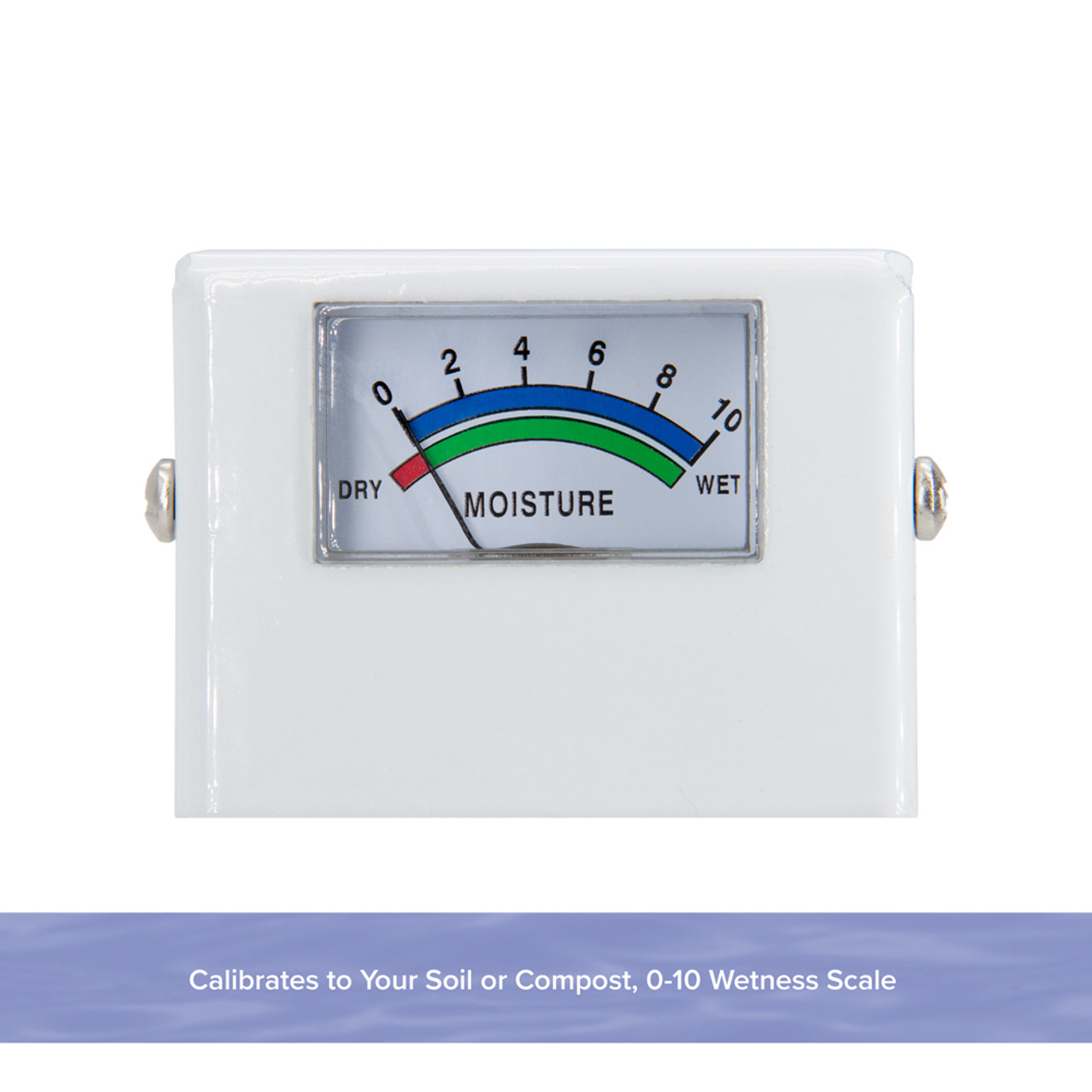Why Every Home Owner Demands a Moisture Meter: Secret Advantages and Features
Why Every Home Owner Demands a Moisture Meter: Secret Advantages and Features
Blog Article
Delve Into the Globe of Moisture Meters: Everything You Need to Know
In the realm of moisture meters lies a world of accuracy and practicality that typically goes unnoticed. Recognizing exactly how moisture meters operate, the various kinds offered, and their varied uses can shed light on their significance in guaranteeing top quality and effectiveness.
Just How Moisture Meters Work
Moisture meters run by measuring the electrical conductivity or capacitance of materials to establish the moisture content present. These meters are important devices throughout numerous markets, including agriculture, construction, and woodworking. By using different methods such as pin-type or pinless technology, dampness meters give precise readings that aid specialists make educated choices.
Pin-type dampness meters function by putting the sharp pins right into the product being examined. On the other hand, pinless dampness meters make use of electro-magnetic signals to check a larger location without causing any kind of damage to the product's surface area.
No matter of the technique utilized, wetness meters play a critical role in stopping issues such as mold and mildew growth, structural damages, or item defects triggered by excess moisture. Recognizing exactly how these meters job is essential for making certain the top quality and honesty of materials in numerous applications.
Types of Moisture Meters
Offered the essential duty dampness meters play in numerous sectors, it is necessary to recognize the various kinds readily available to specialists for accurately evaluating moisture levels - Moisture Meter. There are mainly two primary types of wetness meters: pinless and pin-type wetness meters

On the various other hand, pinless dampness meters utilize electromagnetic sensing unit plates to check a bigger location of the product without triggering any kind of damage. This type appropriates for quickly scanning big locations and is frequently made use of for floor covering, wall surfaces, and ceilings. Pinless meters are convenient for taking analyses on finished surface areas without leaving any visible marks.
Both sorts of moisture meters have their advantages and are picked based upon the certain needs of the task handy. Comprehending the distinctions between these types is critical for experts to make exact dampness assessments.
Applications Throughout Industries
With diverse performances, moisture meters discover widespread application throughout different markets, aiding experts in making sure optimum problems for frameworks and materials. In the farming field, dampness meters are indispensable for establishing the moisture content in grains, seeds, and hay, ensuring quality assurance and preventing mold development. Building and construction experts count on moisture meters to examine the dampness levels in structure materials like wood, concrete, and drywall, which is important for maintaining structural honesty and avoiding problems like rot or mold and mildew. The flooring market makes use of wetness meters to measure the wetness web content in subfloors before installing numerous floor coverings, stopping pricey problems due to excess dampness. Furthermore, in the food industry, wetness meters are utilized to check and manage moisture degrees in products such as grains, nuts, and dried fruits to preserve quality and quality. In addition, wetness meters play a crucial role in the restoration and damage control market by assisting specialists resolve and determine water a knockout post damages in buildings without delay. Throughout these varied sectors, dampness meters are crucial tools for making certain the quality, safety and security, and longevity of different materials and products.
Tips for Utilizing Moisture Meters
Make use of the dampness meter's calibration setups to guarantee precise analyses when measuring the moisture web content in various materials. Furthermore, make certain the meter is established to the correct moisture array for the product you are determining to acquire the most accurate results.
When utilizing a pin-type dampness meter, place the pins to the proper depth suggested for the material being examined. This ensures that the moisture readings are extracted from the proper deepness within the product, giving a much more exact representation of its dampness material. For pinless dampness meters, keep in mind to preserve appropriate contact with the product's surface area to obtain trusted analyses.
Consistently inspect and change the batteries in your dampness meter to avoid imprecise analyses as a result of reduced power. When not in use to extend its life-span and maintain its precision, Store the meter in a dry and safe location. By following these ideas, you can make best use of the performance of your wetness meter and obtain specific wetness content measurements across various products.
Upkeep and Calibration
To guarantee the accuracy of wetness web content measurements, regular maintenance and calibration of the dampness meter are vital steps in its proper functioning. Calibration changes the dampness meter to make certain that it supplies reliable and consistent results.
Calibration needs to be done occasionally, specifically if the dampness meter is made use of often or in essential applications where specific measurements are required. Numerous moisture meters include calibration tools or can be calibrated by expert solutions. Moisture Meter. It is recommended to maintain a log of calibration days and results to track the performance of the moisture meter with time. By preserving and calibrating the dampness meter frequently, users can rely on the accuracy of the wetness web content dimensions acquired.
Final Thought

To conclude, dampness meters play an essential duty in numerous markets by accurately determining the moisture material of materials. Recognizing exactly how these devices function, the different kinds available, and correct maintenance and calibration are essential for getting trustworthy results. Whether in agriculture, building and construction, or production, using moisture meters helps ensure quality assurance and performance in procedures.

In conclusion, moisture meters play an important role in various industries by precisely determining the dampness material of materials.
Report this page